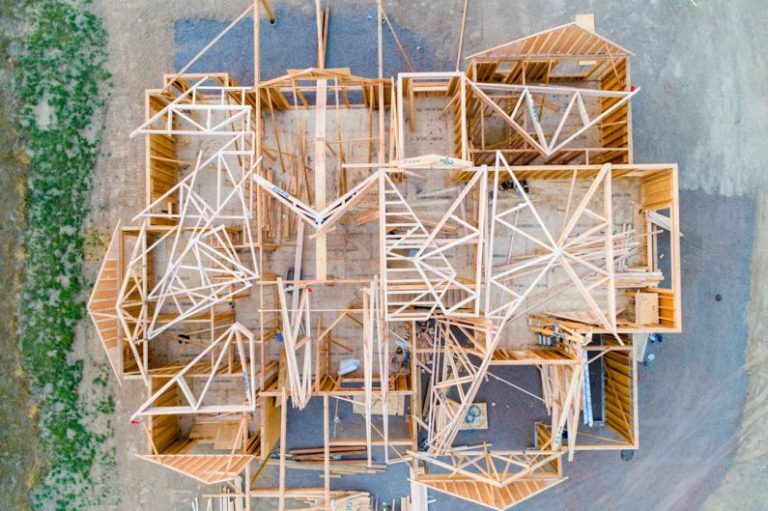Protecting Nature: Adopt a Wildlife Area
Every year, countless species of wildlife face the threat of habitat destruction. With deforestation, pollution, and climate change on the rise, the need to protect our natural environment has never been more crucial. One way individuals can make a difference is by adopting a wildlife area. By taking responsibility for the conservation and preservation of a specific area, we can play an active role in safeguarding the biodiversity that calls it home.
Understanding the Importance of Wildlife Areas
Wildlife areas, also known as nature reserves or protected areas, are designated spaces specifically set aside for the conservation and protection of flora and fauna. These areas are often home to endangered species, rare plants, and unique ecosystems that contribute to the overall balance of nature. By adopting a wildlife area, we ensure that these vital habitats are safeguarded for future generations to enjoy.
The Role of Adopting a Wildlife Area
Adopting a wildlife area involves taking on the responsibility of caring for and protecting a specific natural space. This can be done individually or as part of a group or organization. By adopting a wildlife area, we commit to actively participating in its conservation efforts, which may include activities such as habitat restoration, wildlife monitoring, and educating others about the importance of preserving biodiversity.
Benefits of Adopting a Wildlife Area
1. Conservation Impact: By adopting a wildlife area, we directly contribute to the conservation and preservation of the local biodiversity. Our efforts help protect endangered species, restore degraded habitats, and maintain the delicate balance of ecosystems.
2. Personal Connection with Nature: Adopting a wildlife area allows us to form a deep connection with the natural world. By spending time in the adopted area, observing its inhabitants, and working towards its preservation, we develop a greater appreciation for the beauty and intricacy of the environment.
3. Educational Opportunities: Adopting a wildlife area presents numerous opportunities for education and learning. By sharing our experiences and knowledge, we can inspire others to become stewards of the environment, raising awareness about the importance of conservation and inspiring future generations.
How to Adopt a Wildlife Area
1. Research: Start by researching different wildlife areas in your local region or beyond. Look for areas that align with your interests and conservation goals. Consider factors such as the species present, the level of threat faced by the area, and the potential impact you can make.
2. Contact Local Authorities: Reach out to the relevant local authorities or conservation organizations responsible for the wildlife area you wish to adopt. Inquire about their adoption programs, requirements, and any necessary permits or permissions.
3. Formulate a Plan: Develop a clear plan outlining your goals and objectives for the adopted wildlife area. Consider the specific conservation activities you wish to undertake, such as habitat restoration, wildlife monitoring, or community outreach initiatives.
4. Gather Support: Seek support from like-minded individuals, organizations, or businesses who share your passion for conservation. Collaborate with local schools, universities, or environmental groups to maximize the impact of your efforts.
5. Take Action: Once you have gathered the necessary support and permissions, begin implementing your conservation plan. Dedicate time and resources to the adopted wildlife area, ensuring regular monitoring, maintenance, and restoration activities.
Conclusion: A Lasting Legacy
Adopting a wildlife area is a tangible way to contribute to the conservation of our natural world. By taking responsibility for the protection and preservation of a specific area, we leave a lasting legacy for future generations. Through our collective efforts, we can ensure that the beauty and diversity of wildlife and ecosystems continue to thrive long into the future. So, let us step forward and adopt a wildlife area, becoming the guardians of nature that our planet desperately needs.






